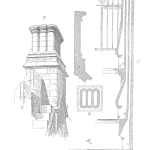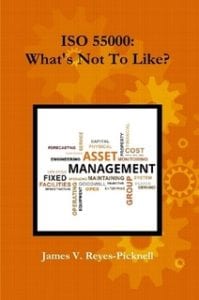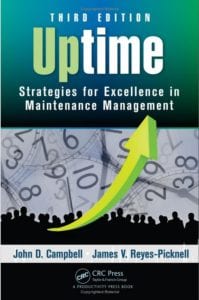
This is the first in a long series of blogs about common myths I have encountered and continue to encounter in my work with various customers. None of these “myths” are universal either – some people believe them, others are not sure, others do not. Which are you?
Maintenance is NOT asset management (AM). The myth (or perhaps misperception) arises because of a few factors:
- When AM began to appear (2004 in the UK) those who were closest to it came from the maintenance discipline. We (and I include myself among this group outside the UK) clearly saw the benefits in what good AM practices could do for us.
- The computerized maintenance management systems (CMMS) world, began to use the term Enterprise Asset Management (EAM) to describe their systems. They are a competitive lot and marketing image is important. EAM simply has more snob-appeal than CMMS, even if the software’s functionality didn’t change (much), its name could change easily.
- In the public sector, the term AM started to be used to describe their already established processes of capital financial forecasting for future capital works (which are usually contracted out). Those forecasting processes have been evolving and refined and in some cases includes operating funding as well. AM is truly a financial function in that sector, but because they fund physical infrastructure, their relation to the realm of the physical implies a link (that may not always really exist) to the asset maintenance function that they typically manage themselves.
- In the financial sector the term has no relation to the life cycle of physical assets; there it refers to financial assets which may be tangible or intangible. As the use of the term grew in the physical world (us), the need to distinguish from the financial world (them), grew and even those of us who focus only on maintenance, joined into the discussion.
 AM (as we use it here) refers to the actions needed to derive value from our physical assets while balancing costs, risks and opportunities. It includes tangible (physical) assets and intangible, which I prefer to limit to the information assets (manuals, drawings, schematics, diagrams, etc.) related to and reflecting the physical assets we manage. Since those assets have a definable “life cycle”, the derivation of value implies that all decisions and actions taken at all stages in that life cycle can potentially contribute to or detract from that value we derive. Hence, AM is concerned with an asset’s complete life cycle from concept to disposal, replacement or remediation (if needed).
AM (as we use it here) refers to the actions needed to derive value from our physical assets while balancing costs, risks and opportunities. It includes tangible (physical) assets and intangible, which I prefer to limit to the information assets (manuals, drawings, schematics, diagrams, etc.) related to and reflecting the physical assets we manage. Since those assets have a definable “life cycle”, the derivation of value implies that all decisions and actions taken at all stages in that life cycle can potentially contribute to or detract from that value we derive. Hence, AM is concerned with an asset’s complete life cycle from concept to disposal, replacement or remediation (if needed).
That life cycle includes a variety of activities that are usually quite specialized and managed by different groups of people. Marketing forecasts a need (demand forecasting). Engineering proposes a way to meet that need (conceptual design). Various groups get involved in deciding on the optimum course of action (feasibility studies, selection of an option, getting permissions, acquisition of land, etc.). Engineering (either in-house or contracted) designs the asset through various design stages moving from concept to detail to construction. Overlapping that process is construction and acquisition. When ready, the new asset is commissioned and put into operation. Throughout its operational life, the asset is maintained (maintenance and operational departments), modified (engineering and process engineering), repaired (maintenance again), replaced (maintenance if due to failure). At some point (usually long into the future) maintenance frequency increases as the asset degrades  and it becomes uneconomical to sustain, so the cycle repeats. The old asset is decommissioned, disposed of, land cleared and restored to a state acceptable to society at that point in the future.
and it becomes uneconomical to sustain, so the cycle repeats. The old asset is decommissioned, disposed of, land cleared and restored to a state acceptable to society at that point in the future.
Maintenance is but one function within that entire life cycle. Engineering is also but one function involved. Operations, finance and human resources (who makes sure it can be maintained and operated) are also players. Each of these is historically located in a different department in our companies which tend to be structured much like military units, each group doing its job independent of the others, but supposedly in mutual support of each other.
If we all worked together well and actually did consider each group’s needs and maintained a singular focus, then AM as a discipline probably would not have been needed. But we don’t.
AM is all about tying all that together into a single functional purpose – to deliver value. Asset Maintenance, helps, but it’s only a piece of the big picture.
 Ask a question or send along a comment.
Please login to view and use the contact form.
Ask a question or send along a comment.
Please login to view and use the contact form.
Leave a Reply